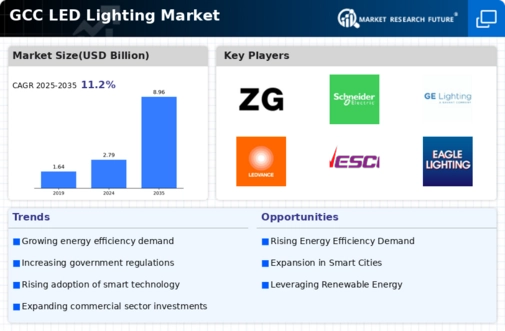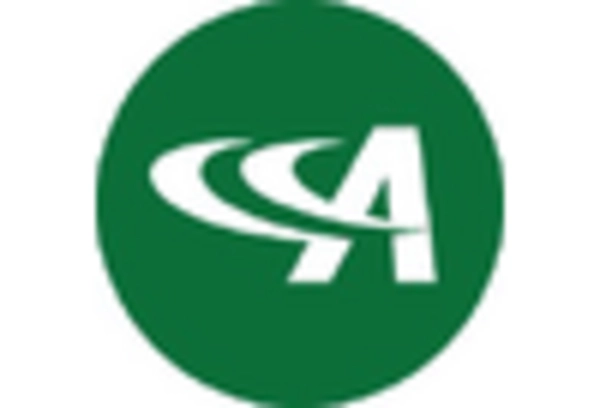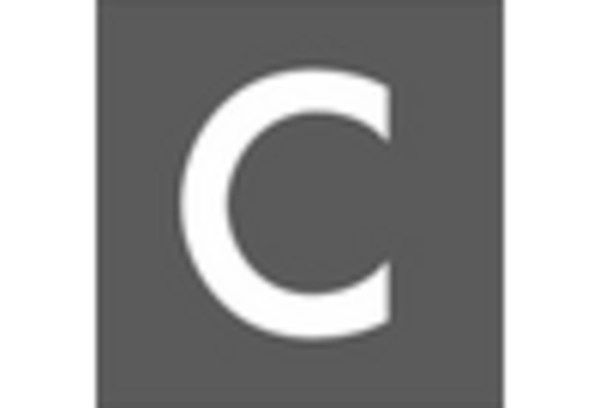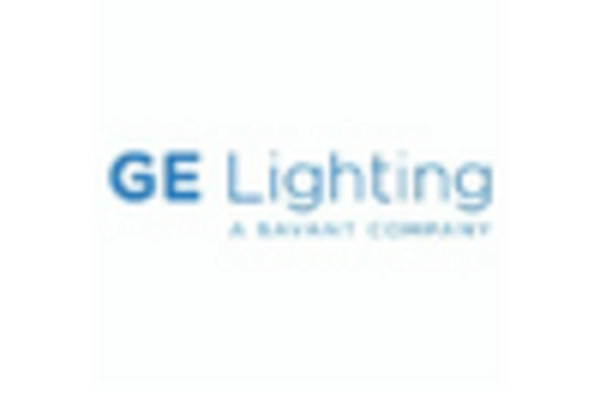Energy Efficiency Initiatives
The push for energy efficiency in the GCC region is a primary driver for the LED Lighting Market. Governments are increasingly implementing initiatives aimed at reducing energy consumption, which aligns with the adoption of LED technology. For instance, the GCC countries have set ambitious targets to reduce energy usage by up to 30% by 2030. This has led to a surge in demand for energy-efficient lighting solutions, as LEDs consume significantly less energy compared to traditional lighting. The led lighting market is expected to benefit from these initiatives, as consumers and businesses alike seek to comply with regulations and reduce operational costs. Furthermore, the potential for energy savings translates into lower electricity bills, making LED lighting an attractive option for both residential and commercial sectors in the GCC.
Government Incentives and Subsidies
Government incentives and subsidies play a crucial role in promoting the adoption of LED technology within the led lighting market. Various GCC governments are offering financial support to encourage businesses and consumers to switch to energy-efficient lighting solutions. These incentives may include rebates, tax credits, or direct subsidies for purchasing LED products. For example, initiatives in countries like Saudi Arabia and the UAE have been established to facilitate the transition to LED lighting in both residential and commercial sectors. Such financial assistance not only reduces the initial investment burden but also accelerates the market penetration of LED technology. As a result, the led lighting market is likely to experience robust growth, driven by these supportive measures that aim to enhance energy efficiency and sustainability.
Technological Innovations in Lighting
Technological innovations are continuously reshaping the led lighting market, driving advancements in efficiency, functionality, and design. The introduction of smart lighting systems, which allow for remote control and automation, is gaining traction in the GCC region. These systems not only enhance user convenience but also contribute to energy savings. Furthermore, advancements in LED technology, such as improved color rendering and dimming capabilities, are making LEDs more appealing to consumers. The market is witnessing a shift towards integrated lighting solutions that combine aesthetics with functionality. As manufacturers invest in research and development to create innovative products, the led lighting market is expected to expand, catering to the evolving needs of consumers and businesses alike. This focus on innovation positions the market for sustained growth in the coming years.
Rising Awareness of Environmental Impact
There is a growing awareness of the environmental impact of lighting choices among consumers and businesses in the GCC region, which is significantly influencing the led lighting market. As sustainability becomes a priority, many stakeholders are seeking to reduce their carbon footprint and energy consumption. LEDs are recognized for their lower environmental impact, as they consume less energy and have a longer lifespan compared to traditional lighting options. This shift in consumer behavior is prompting manufacturers to focus on producing more energy-efficient and eco-friendly lighting solutions. The led lighting market is likely to benefit from this trend, as consumers increasingly prefer products that align with their environmental values. Additionally, educational campaigns and initiatives aimed at promoting sustainable practices further enhance the demand for LED lighting solutions.
Urbanization and Infrastructure Development
Rapid urbanization in the GCC region is driving the led lighting market as cities expand and infrastructure projects proliferate. The region is witnessing significant investments in urban development, with billions of dollars allocated to new residential, commercial, and public infrastructure. This growth necessitates the installation of modern lighting solutions, where LEDs are favored for their longevity and efficiency. According to recent estimates, the GCC's urban population is projected to reach 80% by 2030, further increasing the demand for advanced lighting systems. The led lighting market is poised to capitalize on this trend, as municipalities and developers prioritize sustainable and cost-effective lighting solutions in their projects. The integration of smart lighting technologies in urban planning also enhances the appeal of LEDs, as they offer enhanced control and adaptability.
















Leave a Comment